Our medals are packed with 100% British Wildflower Seeds. We’ve chosen this mix because it’s especially attractive to bees and butterflies.
Once established the flowers will keep coming back year after year. However, not all of the seeds appear in year one, a few need a little more time to come to pass – but don’t despair, give it until year two and they’ll make an appearance. Think of it like the difference between this fast runners and slow runners… we all get there in the end 🙂
BORAGE
Also known as Star Flower – they grow tall and have beautiful blue flowers. They’ll appear in the first year. They’re loved by all types of bees.
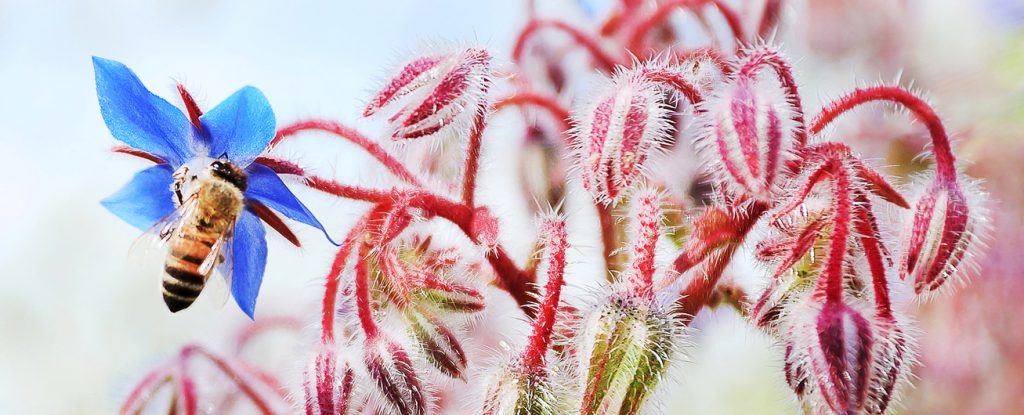
CORN POPPY
This beautiful, emotive flower is sometimes used as a food colouring in wines and medicines.
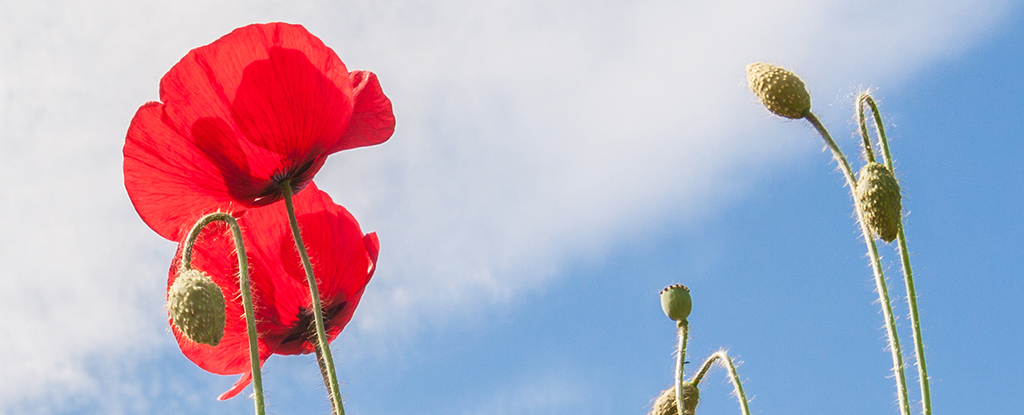
CORNFLOWER
A striking blue flower that is like a starburst . In folklore they were worn by young men in love. If the flower faded, it was a sign the love was not returned.
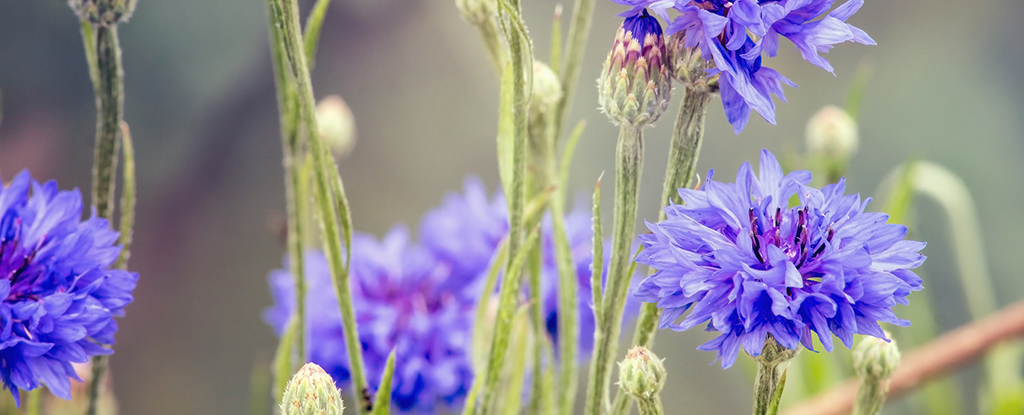
MUSK MALLOW
Produces big pink, saucer-shaped flowers. Leaves and flowers are common additions to ‘wild’ salads.
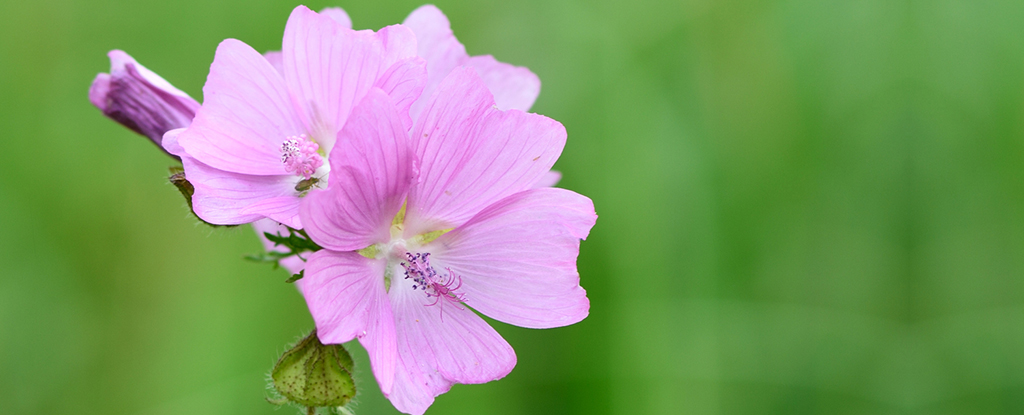
OX EYE DAISY
Nothing common about our beloved Daisies! In fact it was top-ranked for pollen production per flower in the UK!
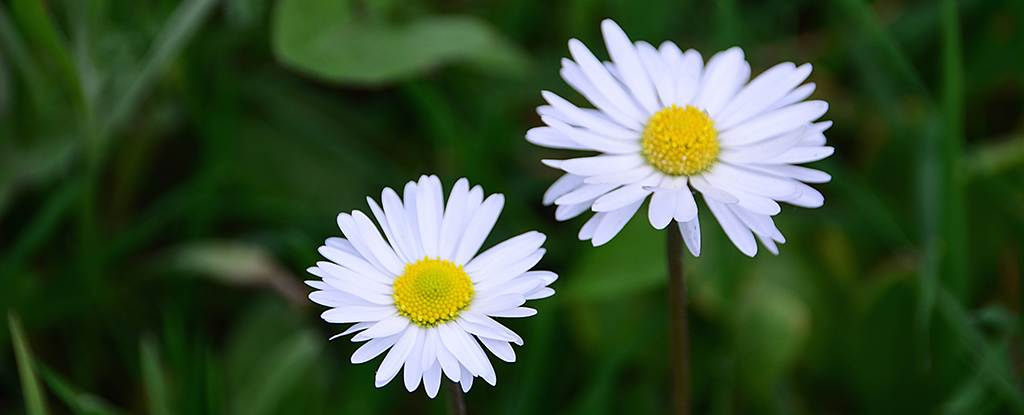
RED CAMPION
One of the biennial flowers, with dark pink more than red flowers – it’s known as the ‘Fairy Flower’ on the Isle of Man. The flowers have been known to treat snakebites – but there’s no record of it’s success so maybe don’t rely on it!
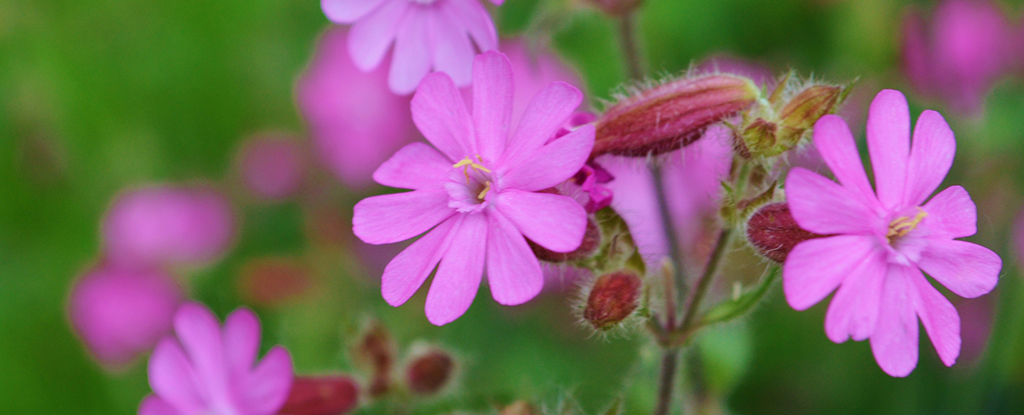
WILD RED CLOVER
A grassy flower that produces red/pink flower that does its hard work in fixing nitrogen, enriching soils. The leaves are collected by wood mice and the flowers create a nectar for the bees.
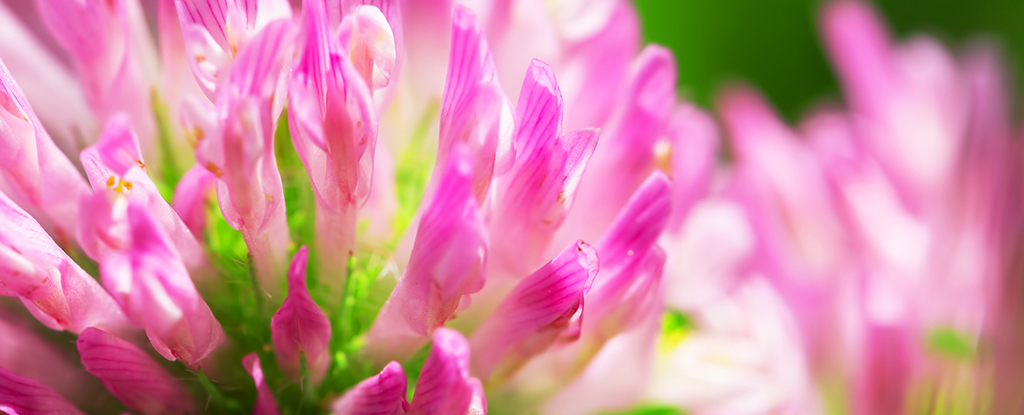
RIBWORT PLANTAIN
A hardy meadow grass whose seed heads help provide food for birds in winter.
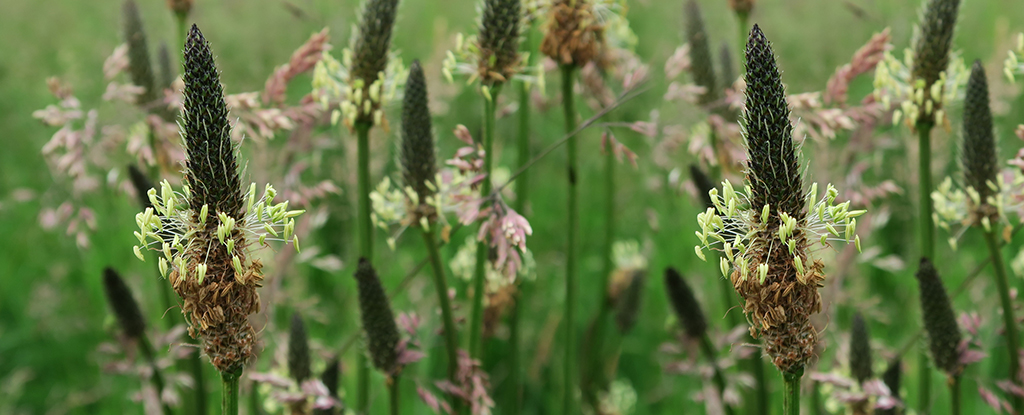
SALAD BURNET
A drought tolerant plant (which is useful for us forgetful waterers!) its flowers can be used in salads and sauces and tastes a bit like cucumber but a bit hotter.
After it flowers it looks like it’s grown dreadlocks in a funky kind of way. Maybe that’s just us that sees that…
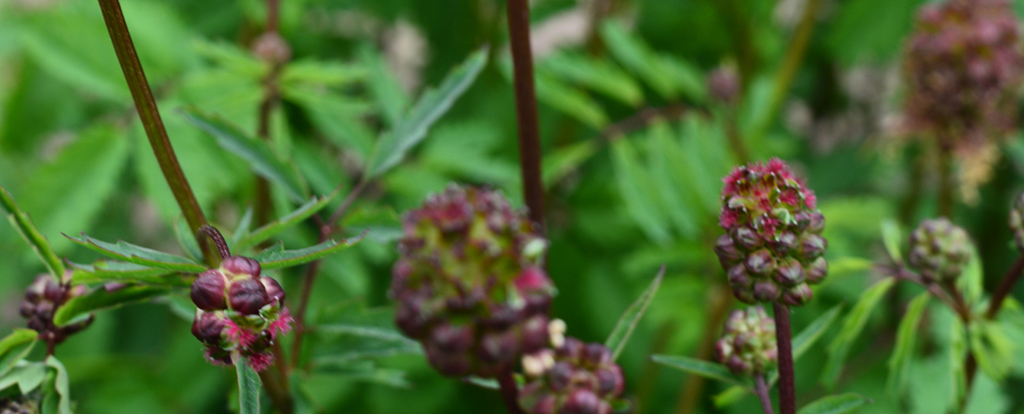
SELF HEAL OR PRUNELLA
A member of the mint family and its leaves are good in salads although slightly bitter. It’s also used as an ingredient in some bodybuilding supplements. It gets it’s name ‘self heal’ as traditionally the leaves were applied to wounds to promote healing.
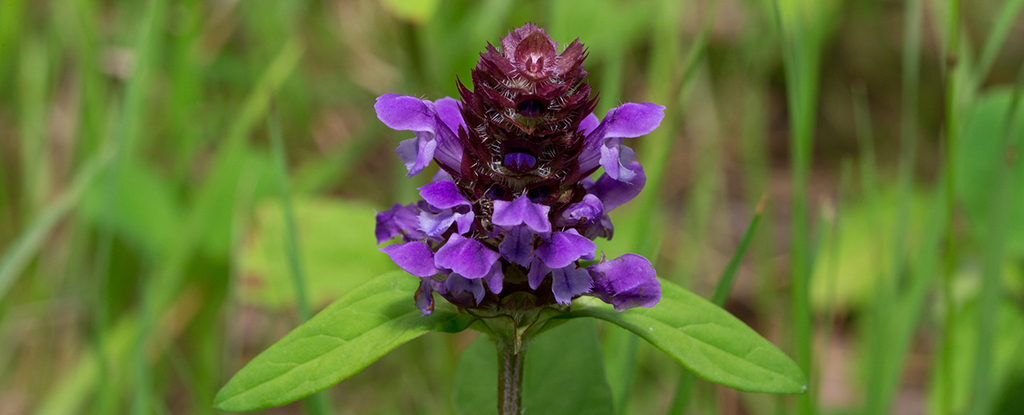
WHITE CAMPION
Has beautiful small white flowers and produces a beautiful heady scent that attracts moths. Unfortunately has a nickname as the ‘flower of the dead’ as it’s often seen growing around graveyards!
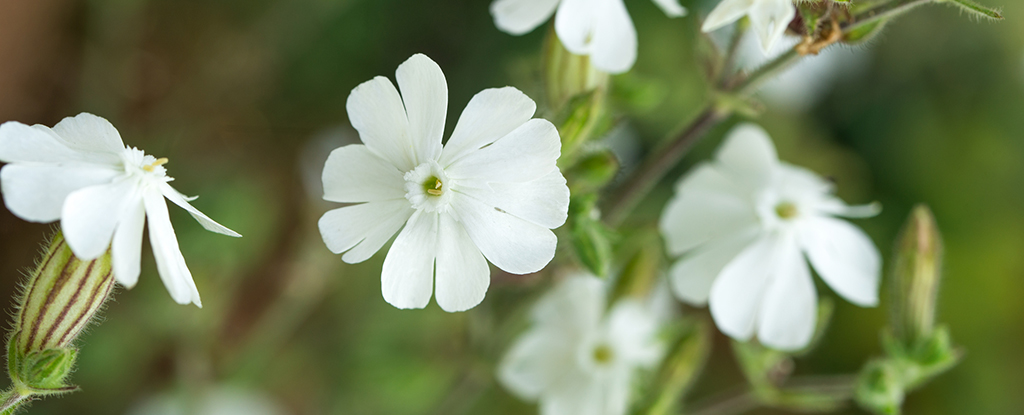
YARROW
A tall plant that grows with large clusters of small flowers with a strong smell. In the past it was used as a charm against bad luck and illness. But don’t put it up your nose (?!) as it was thought to cause nosebleeds. Starlings use Yarrow to feather their nests and research suggests it inhibits the growth of parasites for them. It’s an important food source for many insects.
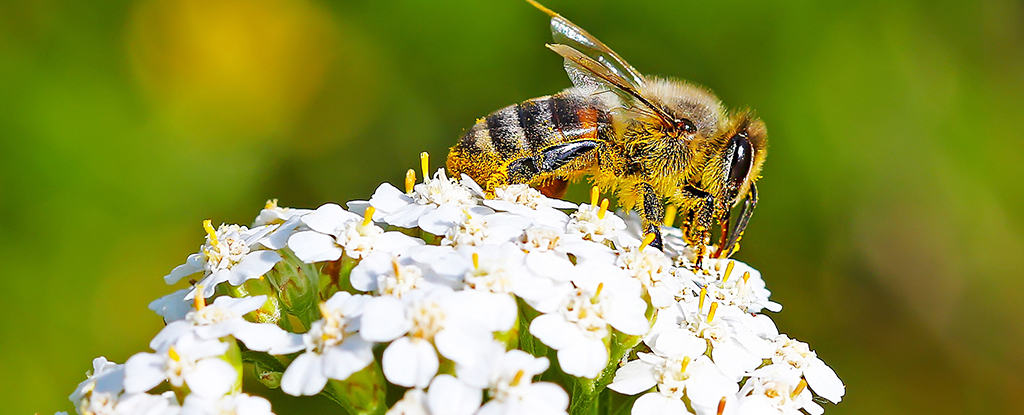
We hope your medals are blooming marvellous for you! 🙂








I love the idea of 🌺 🏅
Thanks Janet – we love our medals too 🙂
My daughter earned on of these medals on Friday Great idea! Is there a good time of year to plant the medals? And in what sort of location? Sunny, shady, damp, dry?
Hi Liz
Thanks so munch for your comments – and well done to your daughter. Spring/Summer is the best time of year to plant your medals, but they will keep over the winter if you want to savour it for a while. They are wild flowers so they’re quite hardy – a bit of sun, a bit of water and they’ll grow! Alternatively you can plant them indoors or in a greenhouse at other times of the year. They are quite hardy! Also, some of the seeds only grow every 2 years so it takes a while to see them! Hope the bees like them! And well done to your daughter again.
Thanks @ankita & Milind through you I got my first medal for running 10km at Dubai creek and hope to collect more 😎